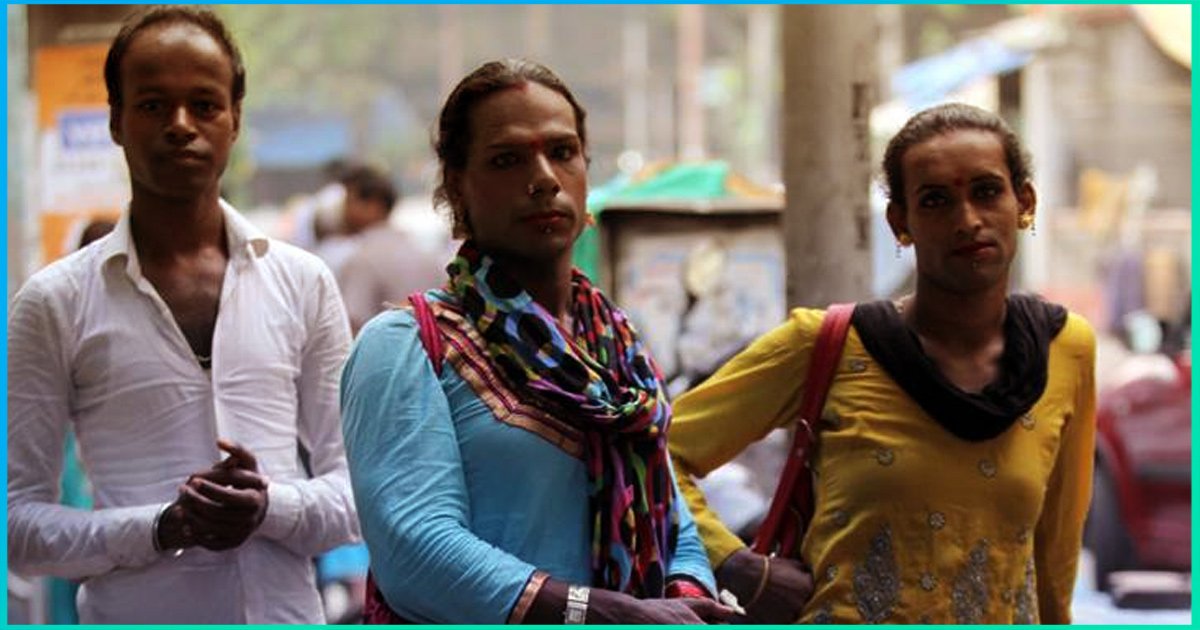
Why Is The Transgender Community Upset About The Transgender Bill?
12 Dec 2017 10:16 AM GMT
The contentious Transgender Persons (Protection of Rights) Bill, 2016, which was tabled in the Lok Sabha by Thaawarchand Gehlot, the Minister for Social Justice and Empowerment in August 2016, is set to be re-introduced in the upcoming winter session of the Parliament. The social justice ministry is learnt to be finalising nine amendments.
The definition of transgenders is likely to be changed as per the standing committee of Parliament. Few changes to this bill are relatively minor in nature and shall essentially not change the worldview of this bill or the legislation substantively. Attempts are being made to introduce the Bill in the Lok Sabha, the changed bill also has to be cleared by the Cabinet.
The Centre, crucially, is set to reject the recommendations of the standing committee that transgender persons be exempted from the ambit of Section 377 of the IPC which criminalises homosexuality and that the community is included in the Other Backward Classes category. The parliamentary standing committee on social justice, which vetted the bill, found clause 2(i) “primitive and unscientific” and that it steered the definition away from SC’s NALSA judgement, which paved the way for a legislation for the empowerment of transgenders.
Why is the transgender community upset?
The final version of the legislation identifies transgenders as being “partly female or male, or neither female or male.” This definition which draws a clinical caricature is a departure from the intention of the original Bill to cleanse society of the stigma it placed on transgenders.
Moreover, to be recognised as transgenders, individuals have to submit themselves to a medical examination by a District Screening Committee comprising of a Chief Medical Officer, a psychiatrist, a social worker and a member of the transgender community. This, however, lies in stark contrast to the 2014 Bill which gives individuals the right to self-identify their sex.
The anti-discriminatory clauses of this Bill are extended to education, health care and social security. A central plank of the previous Bill is earmarking jobs for transgenders. This has been lost in translation when it comes to the diluted new draft. The new draft is a panacea to create equity among the sexes. The bill which was recently approved by the cabinet is an utter travesty that aims to strip away the core of the NALSA judgement.
Flawed understanding of transgender identity
The former version of the Transgender Persons Bill honoured the expansive understanding of the transgender identity. It embraced individuals who wanted to traverse male-female identification binary and those who wanted to traverse it. According to the draft, a transgender person is one who (a) Neither wholly female or male (b) or combination of male or female or (c) neither female nor male. With this provision, the space for self-identification stands firmly to be shut. This has been criticised the Parliamentary panel which was set up to study the bill. The panel said, “it is primitive and based on the underlying assumption of biological determinism.” and hence, it said, it should simply be “one whose gender does not match with the gender assigned to the person at the time of birth.” The parliamentary panel also expressed its ‘dismay’ as the proposed National Council For Transgender Persons being “reduced merely to an advisory body,” said a report by The Indian Express.
The Union Ministry of Social Justice and Empowerment has decided to junk the recommendations of a parliamentary committee report which was the first ever government document to recognise the rights of transgender persons to partnerships and marriage, so that they were no longer criminalised under IPC Section 377, apart from offering other rights.
It is a mechanism which has been strongly contested in various civil society suggestions submitted to the ministry. Transgender groups have argued that this type of certificate could be used for the specific process of channelling entitlement to individuals. When moving to the question of recognition of discrimination, the Bill, however, falls short.
The single-section chapter on discrimination forbids discriminatory treatment across a number of spaces, including educational institutions, healthcare services and employment. It fails to provide a definition of discrimination, to begin with. The former draft though had a definition of discrimination and it also included denial of reasonable accommodation. Grievance redressal also has been internalised, with establishments consisting of hundred or more person mandates to designate an officer to deal with any violation of the Act. Setting up of Central and State transgender rights court is still no longer an option.
Further, the draft is riddled with several contradictions. While it has criminalised discrimination on the grounds of sex, it maintains that transgenders are covered under the legislation for inheritance. Instigating transgenders into beggary or leaving their domicile is a punishable offence for which the maximum term is two years. This Bill reinforces injurious stereotypes about transgender persons being part male and part female.
 All section
All section













